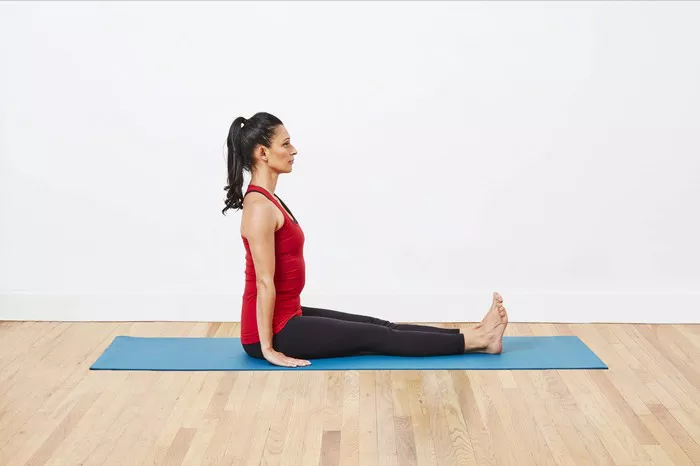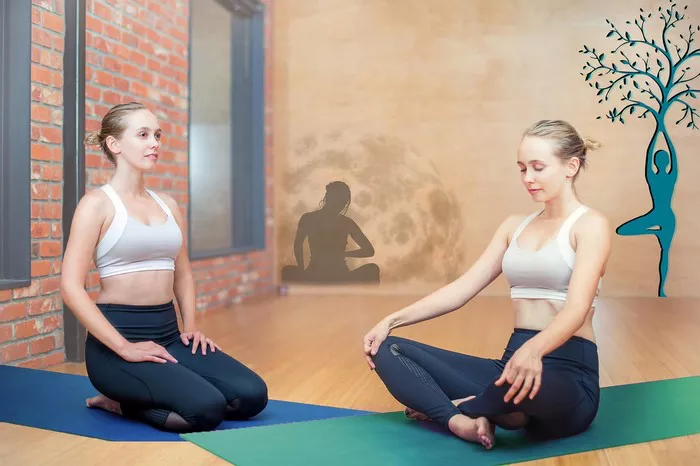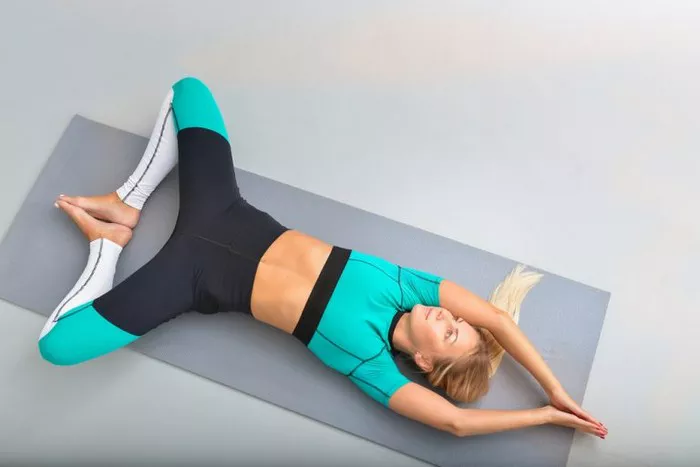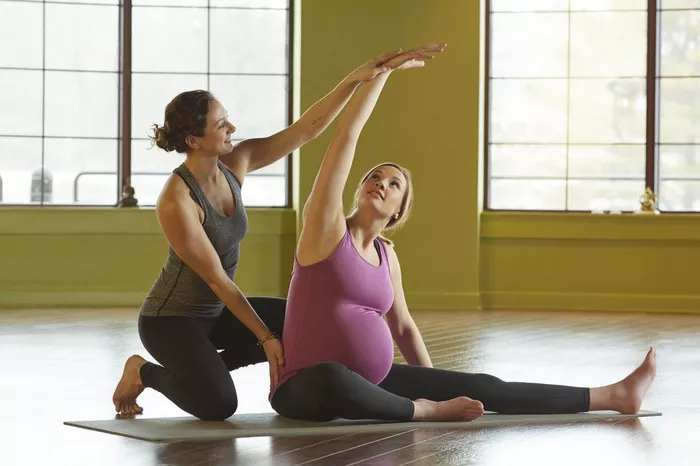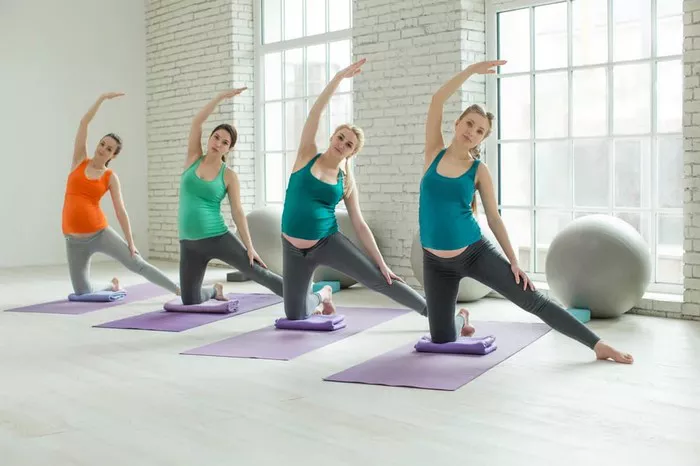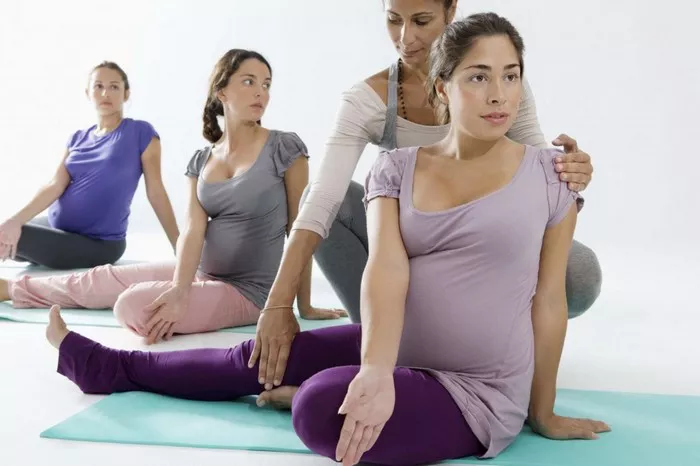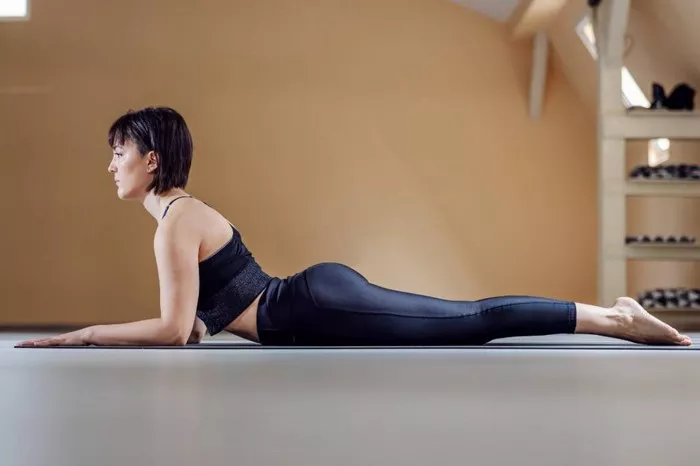Yoga is a dynamic practice that emphasizes mindfulness, flexibility, strength, and balance. It also promotes body awareness and mind-body integration, encouraging practitioners to connect deeply with both their physical and mental states. As with any physical activity, the safety of transitioning between different postures is crucial to prevent injury and promote sustainable practice.
In this article, we will explore the safety of transitioning from Warrior 3 (Virasana 3) to Half Moon (Ardha Chandrasana). These are two popular standing poses in yoga that require balance, flexibility, and strength. Understanding their benefits, challenges, and the precautions to take during the transition will help practitioners safely navigate the movements and achieve the desired benefits.
Understanding Warrior 3 (Virasana 3)
Warrior 3 is a powerful balancing pose that combines strength, stability, and flexibility. In this pose, one leg is lifted parallel to the ground behind the practitioner, while the torso is extended forward and parallel to the floor. The arms may extend straight in front of the body, or the hands can be brought to the hips. The lifted leg, torso, and arms create a long line of energy, engaging the entire body.
Benefits of Warrior 3:
Strengthens the core, legs, and back: The standing leg engages the quadriceps, hamstrings, and glutes, while the lifted leg requires balance and strength. The core plays a significant role in stabilizing the body.
Improves balance and stability: As a balancing pose, Warrior 3 challenges the body’s proprioception (awareness of body position) and improves stability.
Opens the hips and strengthens the spine: The forward lean opens the hips, while the torso stretch engages the spine for strength and flexibility.
Enhances focus and concentration: Balancing requires mental clarity, which encourages mindfulness and focus.
Common Challenges:
Balance: Many practitioners find that staying balanced in Warrior 3 can be difficult, especially when engaging the lifted leg and torso simultaneously.
Alignment: Keeping the lifted leg and torso aligned can sometimes be a challenge, leading to strain in the lower back or hips.
Core activation: Without sufficient core engagement, the pose may feel unstable, leading to potential muscle fatigue or discomfort.
Understanding Half Moon (Ardha Chandrasana)
Half Moon is a standing balance pose that challenges both flexibility and strength. The pose involves balancing on one leg while the other leg is extended out to the side, parallel to the floor. The arms are typically extended in two directions—one toward the floor and one toward the sky. The body is open to the side, creating the shape of a crescent moon, hence the name.
Benefits of Half Moon:
Strengthens the legs, hips, and core: The standing leg and core muscles are engaged for stability, while the extended leg works the hip flexors, hamstrings, and glutes.
Improves balance and coordination: Like Warrior 3, Half Moon challenges balance, but with the added component of lateral movement, which tests coordination and stability.
Stretches the hips and chest: The pose opens the chest and strengthens the shoulders, while the extended leg helps stretch the inner thighs and groin.
Boosts mental clarity and focus: The balance required in Half Moon encourages concentration and mindfulness, fostering a deeper connection between mind and body.
Common Challenges:
Opening the hips: Keeping the hips level and open in Half Moon can be challenging. The top hip should face the ceiling, and the bottom hip should stay aligned with the standing leg.
Flexibility in the hamstrings: The extended leg requires hamstring flexibility, which may not be present for all practitioners.
Stability of the torso: Maintaining the alignment of the torso while keeping the arms extended can feel unstable for some.
The Transition: Warrior 3 to Half Moon
The transition from Warrior 3 to Half Moon is an important movement to understand, as it flows from a forward-leaning position into a lateral balancing pose. This requires strength, control, and awareness to ensure safety and alignment throughout the movement. Here, we will explore the steps and considerations for making this transition smoothly and safely.
The Mechanics of the Transition
Start in Warrior 3: Begin with your body in the Warrior 3 pose, with your standing leg firm and your torso extended forward, parallel to the floor. Your lifted leg should be parallel to the floor or slightly higher. Engage your core, and keep your gaze focused on a point in front of you.
Engage the Core and Hips: As you begin the transition, actively engage your core to prevent sagging in the lower back. Simultaneously, start to rotate the lifted leg’s hip open. The leg will begin to move toward the side, which will create the opening for Half Moon. It is essential to maintain a steady core to keep your spine aligned.
Move into the Sideward Position: Slowly and carefully, open your lifted leg toward the side of the body. Begin shifting your weight from the forward tilt of Warrior 3 to the side-stance of Half Moon. Keep your gaze focused on the ground to help with balance.
Align the Hips and Arms: As your lifted leg extends sideways, ensure that your hips are squared to the side of the mat. The top hip (of the lifted leg) should be open to the ceiling. Your arms will extend—one toward the floor (perhaps touching a block, the floor, or your foot), and one reaching toward the ceiling. The arms should form a straight line with your body to maintain balance and stability.
Engage the Standing Leg: Just like in Warrior 3, the standing leg plays an integral role in providing stability during the transition. Root down into the standing leg with full awareness, maintaining engagement in your quadriceps and glutes. This will help keep your pelvis level as you open up into Half Moon.
Considerations for Safety and Success
Proper Warm-Up: Transitioning between poses like Warrior 3 and Half Moon requires proper warm-up to avoid strain or injury. Focus on opening the hips, stretching the hamstrings, and activating the core before attempting these postures. Also, practice standing balance poses and hamstring stretches to improve flexibility and strength.
Mind the Alignment: In both Warrior 3 and Half Moon, alignment is key. In Warrior 3, the spine should remain long and neutral, and the lifted leg should align with the torso. In Half Moon, the standing leg must stay rooted, and the hips should be open to the side. Both postures require careful attention to the pelvis, hips, and spine to ensure a safe transition.
Use Props for Support: Props like yoga blocks can be used to help with the transition. If you are struggling with reaching the floor in Half Moon, placing a block underneath your hand can provide support. The block can also help you avoid collapsing into your lower back by encouraging a long, extended spine.
Move Slowly and Mindfully: Rushing through the transition can lead to imbalances or muscle strain. Focus on moving slowly from one pose to the other, gradually shifting weight from the forward-leaning Warrior 3 position to the sideward Half Moon stance.
Strengthen the Core and Legs: The transition between Warrior 3 and Half Moon demands significant strength in the core, legs, and hips. Incorporating exercises that strengthen the core, quadriceps, and glutes will help you transition more smoothly and maintain stability in both poses.
Breath Awareness: As in all yoga postures, breathing is a critical component of the practice. In both Warrior 3 and Half Moon, deep, steady breathing helps maintain focus and encourages the release of tension. Use your breath to guide the movement and maintain calmness and clarity during the transition.
When to Avoid This Transition
While the transition from Warrior 3 to Half Moon is safe for many practitioners, there are a few instances when it may not be appropriate or advisable:
Injury or pain: If you are dealing with a lower back, hip, or knee injury, the transition could place undue stress on the body. Avoid this transition until you have healed or consult with a healthcare professional or experienced instructor before attempting it.
Limited balance: If you are new to yoga or struggle with balance poses, transitioning directly from Warrior 3 to Half Moon might feel challenging. It’s best to build up strength and stability in these individual postures before attempting the transition.
Pregnancy: Depending on the stage of pregnancy, balancing poses may be challenging or unsafe. Always consult with a healthcare provider and a certified prenatal yoga instructor before practicing these poses during pregnancy.
Conclusion
Transitioning from Warrior 3 to Half Moon can be a beautiful and rewarding part of a yoga practice, enhancing both balance and strength. By maintaining alignment, using props for support, and practicing mindful movement, practitioners can safely navigate this transition. The process requires patience, awareness, and strength, but with consistent practice, it becomes a powerful tool for improving both physical and mental well-being.
By taking the time to focus on technique and listening to your body, you can experience the full benefits of these poses, avoiding injury and building a deeper connection to your practice. Whether you are a beginner or an advanced practitioner, understanding the mechanics of these poses and the transition between them can enhance your overall yoga experience and allow you to move with grace, strength, and mindfulness.
Related Topics:

